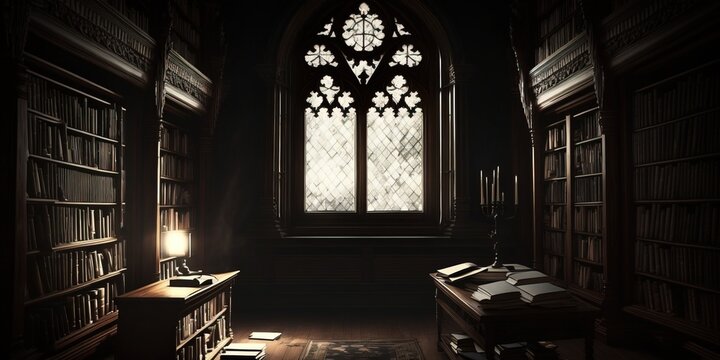
FAQ About Gothic Literature
Gothic Literature
2 years ago | gizem
How does the Gothic genre intersect with the Romantic and Victorian literary movements?
The Gothic genre intersects with both the Romantic and Victorian literary movements, reflecting the influence of these literary periods on the development of Gothic Literature. Here's how the Gothic genre intersects with each of these movements:
Intersections with Romanticism:
- Emphasis on Emotion: Both Romanticism and the Gothic genre place a strong emphasis on the emotions and inner experiences of characters. Romantic literature celebrates intense emotional states, while the Gothic often explores the darker and more tumultuous emotions, such as fear and horror.
- Exploration of the Sublime: Both Romanticism and the Gothic delve into the concept of the sublime, which refers to experiences that inspire awe and fear. Romantic poets like Wordsworth and Coleridge explored the sublime in nature, while Gothic writers often depicted the sublime in eerie or supernatural occurrences.
- Love of Nature: While Gothic literature often features dark and gloomy settings, it shares with Romanticism a love for the natural world. Romantic poets celebrated the beauty and power of nature, while Gothic settings may evoke the mysterious and awe-inspiring aspects of the natural world.
- Individualism and Rebellion: Both movements often focus on the individual's experience and their status as outsiders or nonconformists. Romantic literature celebrates the individual's quest for self-expression and freedom, while Gothic literature frequently features isolated or marginalized protagonists who challenge societal norms.
- Interest in the Past: Both Romantic and Gothic writers had a fascination with the past. Romantic poets looked to earlier periods for inspiration, and Gothic authors often set their stories in historical or medieval settings, reflecting a sense of nostalgia for earlier times.
- Supernatural and Folklore: The supernatural plays a significant role in both Gothic and Romantic literature. Romantic poets drew inspiration from folklore, legends, and mythological themes, while Gothic writers often incorporated elements of the supernatural, such as ghosts, vampires, and witches.
Intersections with Victorian Literature:
- Continuation of the Tradition: The Victorian era saw the continuation of Gothic Literature from the Romantic period. Writers like Edgar Allan Poe and Charlotte Brontë carried forward the Gothic tradition, often infusing it with Victorian sensibilities.
- Exploration of Morality and Repression: Many Victorian Gothic novels and stories delved into themes of morality, repression, and societal norms. This is in line with the Victorian emphasis on propriety and the tension between societal expectations and individual desires.
- Gender Roles and Femininity: The Victorian era was marked by strict gender roles and expectations. Gothic Literature in this period often depicted female protagonists who challenged or subverted traditional gender norms, reflecting the changing roles of women in society.
- Gothic Architecture and Atmosphere: Victorian architecture, with its grandiose buildings and ornate designs, provided a fitting backdrop for Gothic narratives. The Victorian fascination with the past also contributed to an interest in Gothic architecture, which was often incorporated into the settings of novels.
- Spiritual and Supernatural Elements: Victorian-era spiritualism and an interest in the supernatural were reflected in Gothic tales with themes of ghosts, hauntings, and psychic phenomena. This aligns with the Victorian fascination with the occult and paranormal.
- Social Commentary: Victorian Gothic literature often served as a vehicle for social commentary. Charles Dickens, for example, used the Gothic elements in novels like "Bleak House" to critique the legal and social injustices of his time.
